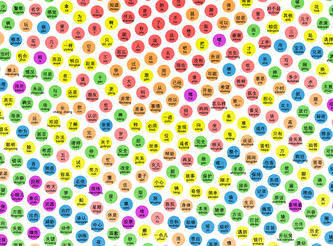A few people have asked me this by email, so here's the answer I gave them:
Remember, to really 'know' an HSK word you have to be able to use it in all of the different ways that Hanban expects you to. See my recent posts on HSK 1, HSK 2, and HSK 3 example sentences.
- A quick way to get an idea is to look at a description of ability of learners at different HSK levels, and see where you think your level is.
- If you have a list of the vocabulary you know (e.g. flashcards) and would like to know your HSK level you can enter paste your vocabulary into this script: http://hskhsk.pythonanywhere.com/hanzi
- If you don't have a vocab list, the the best to determine your level is to try some of the online or downloadable HSK sample exams from the official website: http://www.chinesetest.cn/
- You can get a rough idea of your level by looking at the vocabulary lists here, click the 'expand definitions' link too see the meanings: http://hskhsk.pythonanywhere.com/hskwords
- There is also an 'HSK Test' here but I have no idea if it works: http://popupchinese.com/hsk/test
- Let me know if there are any other resources out there for finding your HSK level!
Remember, to really 'know' an HSK word you have to be able to use it in all of the different ways that Hanban expects you to. See my recent posts on HSK 1, HSK 2, and HSK 3 example sentences.








 RSS Feed
RSS Feed